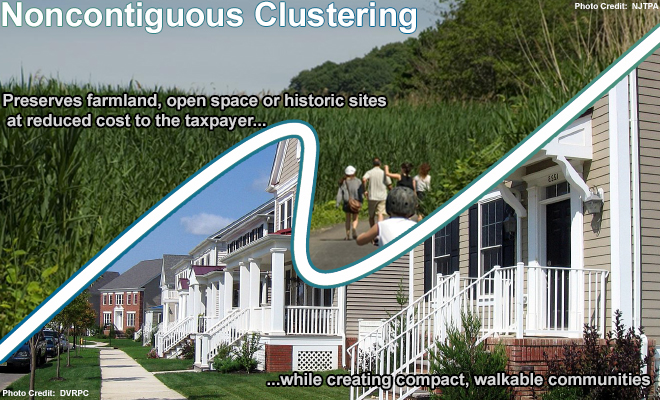New Jersey Future Blog
Cashing in on History
November 28th, 2006 by New Jersey Future staff
- States around the country are making money off of history.
- Historic tax credit programs, found in 28 states, provide property owners with economic incentives to revitalize older neighborhoods and reuse historic structures by providing state tax credits for their rehabilitation. These tax credit programs have been found to be a boon for state economies.
- In Rhode Island, a tax credit of $145 million has created over 6,900 jobs and created $795 million in economic activity since 2002 (including property tax, sales, and income tax revenue). A recent study by Grow Smart Rhode Island shows that the state tax incentive is returning historic properties to municipal tax rolls, generating badly needed employment and housing in older communities, and leveraging substantial private investment.
- Maryland’s tax credit program has created over $400 million in private investment since 1997, and for every $1 in tax credit provided, the program returns $1.02 to the state’s treasury during the first year after a project’s completion and $3.31 within the first five years after project completion.
- Despite its wealth of historic buildings and places, New Jersey has no such tax credit. However, a bill currently working its way through the state Legislature would finally provide such a tax credit program in the Garden State.
USING HISTORIC PRESERVATION TO NURTURE SMART GROWTH & ECONOMIC DEVELOPMENT
The Historic Property Reinvestment Act (HPRA), currently working its way through the New Jersey State Legislature, would provide homeowners or businesses with an economic incentive to revitalize older neighborhoods and reuse historic structures by providing a state tax credit for their rehabilitation.
The Act goes a long way towards helping New Jersey achieve smart growth. By providing a tax credit for revitalizing older neighborhoods and reusing historic structures, this Act can help restore properties and property values in blighted neighborhoods, increase local tax revenues, rebuild existing communities, reduce the use of open lands, and generate state tax revenues.
And the rehabilitation of New Jersey’s existing buildings and places does more than preserve history and promote smarter growth – it is also predicted to make a good deal of money for the state. A Rutgers University study found that each $1 million spent on nonresidential historic rehab creates two jobs more than the same money spent on new construction. It also generates $79,000 more in income, $13,000 more in taxes, and $111,000 more in wealth. The increased income and wealth result not only from money spent on the actual labor, materials, and services involved in the rehab, but also from property appreciation and tourism.
Last week, the Senate version of HPRA (S2030) was unanimously approved by the Senate Wagering, Tourism and Historic Preservation Committee and sent on to the Senate Budget and Appropriations Committee. There is no timeline yet as to when or even if the bill will be heard, however. It is New Jersey Future’s hope that this bill will be signed into law soon, to encourage smarter growth and economic development statewide.
With the fiscal issues New Jersey currently faces, HPRA is just the kind of incentive needed to stimulate the state’s economy while simultaneously advancing redevelopment and smarter growth statewide.
For a detailed look at the connection between historic preservation, smart growth, and economic development, read New Jersey Future’s policy brief, “Historic Preservation and Smart Growth.” For more information about HPRA, talking points, case studies, and a model municipal resolution, visit Preservation New Jersey’s website.
For questions about this issue of Future Facts, contact 609/393-0008, ext. 101
















